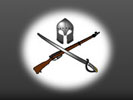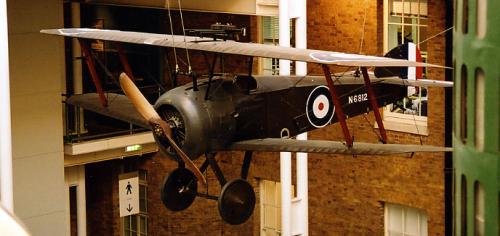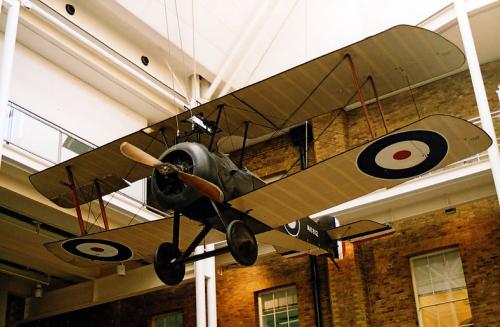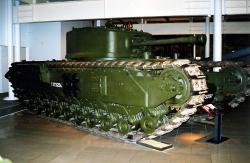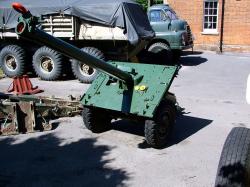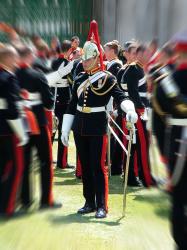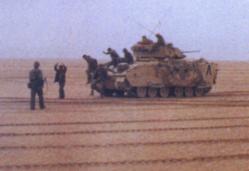Translate this Page
Recent images :
- International Harvester M5 halftrack
- Dassault Mystère Mk IVa number 146
- Ark Royal, Anti-ship missile defence gun.
- RAF Series 2 Land Rover
- Lightweight, air portable Land Rover
- Daimler Ferret Mk 1/2 Armoured Car
- RAF Mountain Rescue Series 3 Land Rover
- French Bronze 6 pounder cannon
- Farsley South African War Memorial
- Farsley War memorial
Sopwith Camel 2F1 World War 1 fighter
Images copyright © Graham K Cook. Click on the entry for a larger version
Description
The Sopwith Camel (so called because of the hump in the forward fuselage between the pilot and the propeller) arrived late in the First World War, entering service on the western front on 4th July 1917, to late to prevent the 'happy time' in April that year when the German Jagdstaffel wrought such havoc on allied aircraft. Even with it's late entry to the war, it proved such a successful 'fighting scout' that it downed more enemy aircraft than any other single type during the whole war, and only the German Fokker Dr.1 could match it's manoeuverability. The over-land version, the F1 mounted a pair of synchronised .303in Vickers machine-guns in the hump just over the engine, firing through the propeller. This version, the naval 2F1 mounted a pair of Lewis .303 MG (or often one Lewis and One Vickers) on top of the upper wing, firing above the propeller disc. This particular aircraft was flown by Flight Sub-Lieutenant Stuart D Culley, from a lighter towed by the destroyer HMS Redoubt on 11th August 1918 when he shot down the last German airship (L.53 under Kapitänleutnant Prölss) to fall during the war.
Location
Imperial War Museum, London, England. October 2003.
